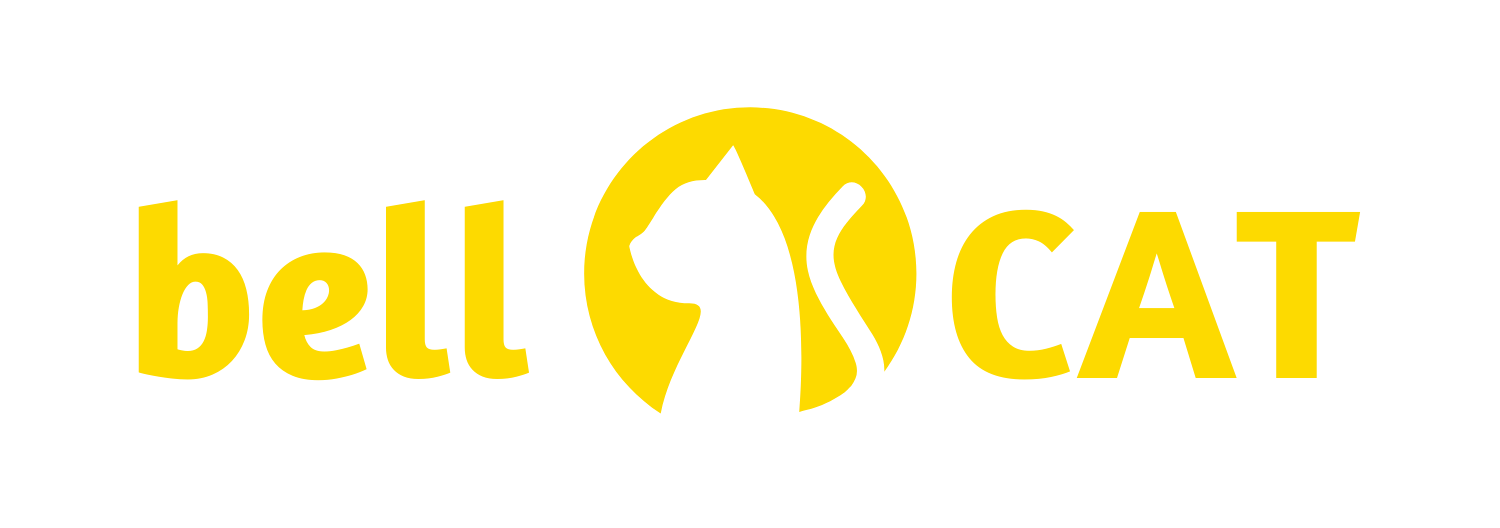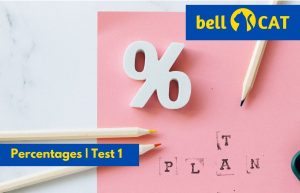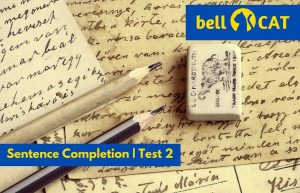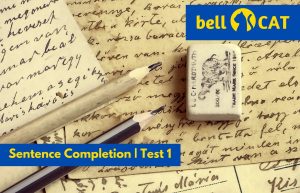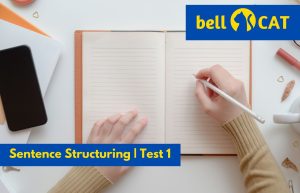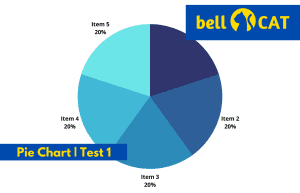Q.1. A car is sold for Rs.2400 at a profit of 20%. What is the CP?
(a)Rs. 2100
(b)Rs. 2000
(c)Rs. 1800
(d)Rs. 2200
Q.2. A car is sold for Rs.2400 at a profit of 20% over SP. What is the CP?
(a) Rs. 2000
(b) Rs. 1920
(c) Rs. 1980
(d) Rs. 1800
Q.3 A car is sold for Rs.2400 at a profit of 20% over SP.What is the actual profit percentage?
(a) 16.66%
(b) 25%
(c) 21.21%
(d) 14.28%
Q.4 Apples are purchased at 10 apples How many apples should be sold for Rs1 to obtain a profit of 25%?
(a) 6
(b) 8
(c) 12
(d) 4
Q.5 Sharat sells some articles to Chandra at a profit of 20%. Chandra now sells this article to Mayank at a loss of 30% and Mayank sells this article at a profit of 20%. If CP of Chandra is Rs.150, then what is the SP of Mayank?
(a) Rs.105
(b) Rs. 87.5
(c) Rs. 125
(d) Rs. 126
Q.6 Petrol is purchased at Rs. 5/L and sold at 5 L/Rs What is the profit/loss %?
(a) Loss of 96%
(b) No profit, no loss
(c) Profit of 2400%
(d) None of these
Q.7 Despite giving a discount of 11.11% on the mark-up price, profit obtained is equal to 14.28%. What is the per cent mark-up over CP?
(a) 14.28%
(b) 28.56%
(c) 25%
(d) 50%
Q.8.A shopkeeper wants to earn a profit of 20% and at the same time, the minimum discount which he wants to offer is 25%. What should be the minimum percentage mark-up over CP?
(a) 60%
(b) 42.5%
(c) 62.5%
(d) 35%
Q.9 In Q. No. 8, what should be the maximum percentage mark-up over CP?
(a) 50%
(b) 100%
(c) 71.4%
(d) Cannot be determined
Q.10 An article when sold at 10% discount on the marked price gave a profit of 70. What is the CP?
(a) Rs.700
(b) Rs. 350
(c) Rs. 125
(d) Cannot be determined
Q.11 100 kg of gold is purchased for Rs.1100. It is sold in such a way that after selling the whole quantity, the quantum of loss is equal to the amount obtained by selling 20 kg of gold. What is the selling price?
(a) Rs. 9.16
(b) Rs. Rs.18.32
(c) Rs.11.11
(d) Rs. 25
Q.12 A milkman buys two cows for Rs.750. He sells first cow at a profit of 22% and the second cow at a loss of 8%. What is the SP of second cow if in the whole transaction there is no profit no loss?
(a) Rs. 312
(b) Rs. 506
(c) Rs. 484
(d) Rs. 532
Q.13 Two cars are sold for Rs.24,000 each. One is sold at a profit of 20% and another at a loss of 20%. What is the net profit percentage/loss percentage, and amount of profit/loss??
(a) 4% profit, Rs. 2000 profit
(b) 4% loss, Rs.2000 loss
(c) 1% profit, Rs. 500 profit
(d) 1% loss, Rs. 500 loss
Q.14 A supplier sells 20 pencils at the marked price of 16 pens to a retailer. The retailer, in turn, sells them at the marked price. What is the percentage profit or percentage loss of the retailer?
(a) Loss 25%
(b) Profit 25%
(c) Loss 20%
(d) Profit 20%
Q.15 Sum of the CP’s of two cars is Rs.1,00,000. First car is sold at a profit of 20% and second car is sold at a loss of 20%. However, their SPs are same. What is the CP of 1st car?
(a) Rs. 40,000
(b) Rs. 60,000
(c) Rs. 52,400
(d) Rs. 47,600
Q.16 Sum of CP’s of two cows is Rs.13,000. Both the cows are sold at a profit of 20% and 40%, respectively, with their SP’s being the same. What is the difference of CPs of both the cows?
(a) Rs. 1000
(b) Rs. 2000
(c) Rs. 1500
(d) Rs. 2500
Q.17 Buy three, get one free. What is the percentage dis-count being offered here?
(a) 33.33%
(b) 25%
(c) 20%
(d) 2856%
Q.18 CP of 40 articles is equal to the SP of 30 articles. What is the profit/loss percentage?
(a) 25% profit
(b) 33.33% profit
(C) 25% loss
(d) 33.33% loss
Q.19 Due to a price hike of 20%, 4 kg less tea is available for Rs. 120. What is the original price of tea?
(a) Rs. 4/kg
(b) Rs. 5/kg
(c) Rs. 6/kg
(d) Rs. 4.5/kg
Q.20 shopkeeper sells his goods at its CP only. But he uses 750 g weight at the place of 1000 g weight for a kg What is his net profit percentage?
(a) 25%
(b) 20%
(c) 16.66%
(d) 33.33%
Q.21 A shopkeeper sells his goods at its CP only. But still he manages to gain a profit of 30% because he has manipulated his weights. Find out how many grams he is actually selling at the place of 1000 g.
(a) 700
(b) 769
(c) 800
(d) 820
Q.22 Which of the following discount options is better for a customer?
(i) Successive discounts of 20%, 30% and then pay a service tax of 10%.
(ii) Successive discounts of 30%, 20% and then pay a service tax of 10%.
(iii) Pay service tax of 10% first, then successive discounts of 20% and 30%.
(a) (i) or (ii)
(b) (iii)
(c) Either of these three
(d) (i) and (iii) or (ii) and (iii)
Q.23 A wholeseller supplies few chips to a retailer every year. Each chip costs Rs.10,000 to the wholeseller. 5% of the chips are defective and they are to be replaced without charging anything extra. If the wholeseller still makes a profit of 20%, at what price is he selling it to retailer?
(a) Rs.12,300
(b) Rs.12,600
(c) Rs.13,200
(d) None of these
Q.24 A seller calculated his intended selling price at 6% profit on the cost of a product. However, owing to some mistake while selling, the units and tens digits of the selling price got interchanged. This reduced the profit by Rs.9 and profit percentage to 2.4%. What is the cost price of the product?
(a) Rs. 240
(b) Rs. 250
(c) Rs. 400
(d) Rs. 480
Q.25 A shopkeeper wrongly calculates his profit on SP and finds it to be 25%. What is the actual profit percentage?
(a) 20%
(b) 33.33%
(c) 40%
(d) 25%
Answer key
1.b | 2.b | 3.b | 4.b | 5.d | 6.a | 7.b | 8.a | 9.d | 10.d | 11.a | 12.b | 13.b | 14.b | 15.a | 16.a | 17.b | 18.b | 19.b | 20.d | 21.b | 22.c | 23.b | 24.b | 25.b
bellCAT CAT coaching Kolkata hopes you found this test helpful. For further queries, drop us a mail at bellingthecat2@gmail.com.
